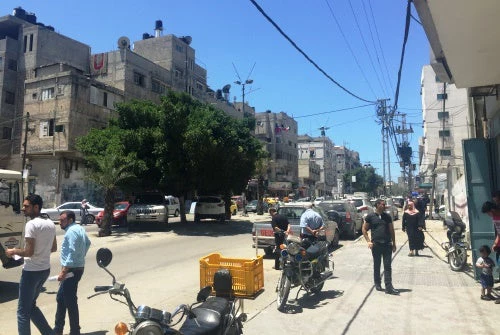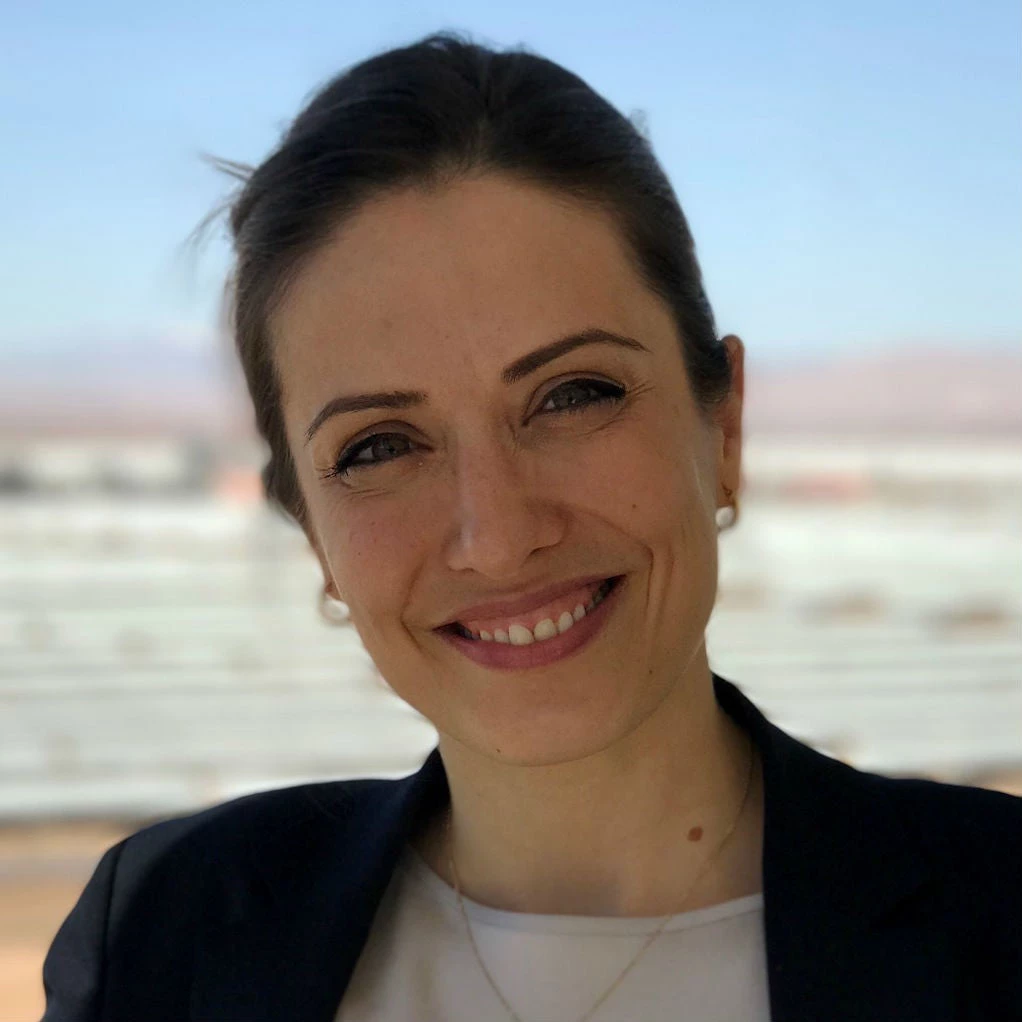
Energy touches every aspect of life, business and industry in the Gaza strip and its increasing shortage is crippling any prospects of future growth and economic development. Currently, only 30% of the electricity demand in Gaza can be met with the available sources of supply leaving hundreds of thousands of people in darkness. Given the Israeli blockade, which seals Gaza’s borders and brings the economy to a standstill, what are the options for electricity supply expansion?
Electricity supply to Gaza comes from three sources: i) over 77% is imported from the Israeli Electric Corporation (IEC), ii) 16% from the Gaza Power Plant (GPP), the only generation plant in Palestine, and iii) 7% imported from Egypt during two or three days per week. The Gaza Electricity Distribution Company (GEDCO), responsible for distributing the power and collecting bills in Gaza, does not pay IEC for the imports. Instead, each month, the full amount is paid indirectly to IEC by the Israeli Ministry of Finance who deducts the amount from tax revenues that it collects for the Palestinian Authority (PA) on its behalf meaning that the PA indirectly pays for the power imported into Gaza. This mechanism, referred to as ‘Net Lending’, is an abnormal payment scheme arising from the complex political context and will likely not be sustainable in the long run; however, it does provide a short term solution to the energy shortage in Gaza..
One of the options that Gaza has to increase power supply is to import additional power from a new high voltage transmission line from Israel which could be operational in less than twelve months and provide an additional 150MW of power. However, the question remains as to who would pay for the additional power which could cost up to US$ 145 million per year. As is the case now, the underlying problem is tied to the question of payment by consumers in Gaza, where the unemployment rate is the world’s highest at 43% and five wars have been waged in the past ten years, resulting in less than 50% of the population paying for their electricity bills.
The Gaza Power Plant (GPP) has turned into an unsustainable financial burden for the PA which not only has to pay for its fuel but also for the electricity contract. In the past, generous donors paid for large quantities of fuel and the PA provided 100% exemption on fuel taxes for GPP; however, due to the increasing donor fatigue the generous donations have stopped. This is one of the reasons why the GPP, which used to run at 60-70MW in the past, is currently running at only 25MW the result of which is that power supply is only available for 6 hours, whereas it used to be available for 8 hours in the past. That Gaza experiences a full 12 hours of rolling power cuts per day . To make matters worse, according to the terms of the power purchase agreement of GPP, the PA is obligated to pay the plant’s private owners according to the plant’s full generation capacity and not according to its actual generation output which means over 100MW are paid for but never delivered to the end customer. Although the Office of the Quartet is spearheading important work to convert GPP to run on natural gas, which would significantly reduce the cost of power production, the process is likely to take a long time as many technical and political obstacles stand in its way. In the meantime, the plant can only move from 25MW to 70MW with support and subsidies on fuel from the PA and the international community.
Approximately 30 MW of power is provided to Gaza through import lines from Egypt , which provides some relief. However, this quantity has been decreasing due to heavy demand within Egypt and damages in the electricity infrastructure in the Sinai. Expanding the capacity of the import feeder lines could allow additional imports from Egypt or from other Arab neighbors through the regional grid.
Decentralized renewable power supply systems such as rooftop solar are an important and increasingly necessary parallel source of electricity. Renewable energies bring autonomy and reduce reliance on external factors . Solar energy is a promising emerging market that could help solve some of the payment issues as well as to reduce the overall power demand from GPP, Israel and Egypt. Several projects are in the works, one of which is GEDCO’s own pilot solar program aiming to install 20MW through rooftop solar to 10,000 homes in Gaza . Another project is being pursued by the International Finance Corporation (IFC) aiming to bring solar supply to factories and industries in dire need of electricity.
Several technical, political and financial obstacles must be addressed to overcome the current energy crisis in the Gaza strip. As mentioned in a recent Security Council meeting by Nicholai Mladinov, the United Nations Special Coordinator for Middle East Peace Process, "Gaza’s hardships, Mr. President, seem to have no limits! Palestinians in Gaza are growing ever more desperate , seeing their prospects for living a normal life and recovering their economy blocked by Hamas’s military build-up, by Israel’s security measures and closures, by the lack of Palestinian unity, and the insufficient fulfilment of aid pledges by donors. Recent events clearly demonstrate that the spectre of violence looms ominously over the territory. Unless radically more is done to address the chronic realities in Gaza, it is not a question of ‘if’, but rather of ‘when’ another escalation will take place. I once again encourage donors to fulfil their commitments to support Gaza’s reconstruction, recovery and development“.
A brighter future is possible for Gaza if donors and the international community step up their technical and financial support. The brighter future can only be achieved through fulfilling the promise of energy for all and achieving energy security in Gaza.



Join the Conversation